
Ralph Lauren, Supreme, Nikes: inside the closet of fashion and food entrepreneur Wil Fang
- Founder of The DPT Group, Fang worked at Ralph Lauren for 10 years and credits much of his style sense to that time
- He says he is super conscious about what he wears – maybe even annoyingly conscious – but it’s just part of the job
Lately, Fang’s role has been has been that of a cookie merchant, but he’s also the brains behind The DPT Group, a lifestyle agency that – besides being the parent of his cookie brand – also provides consultancy services for fashion and retail brands covering everything from creative direction to retail strategy and organisational management.
Much of his approach as a consultant derives from the decade he spent with American fashion house Ralph Lauren, where he began his career. It was this job that took him – at the time a young man from a small town in the state of New Hampshire living in New York – to Hong Kong, where he was tasked with launching the brand’s Hong Kong outpost that had previously been licensed to a distributor.
Fang has always been drawn to the commerce aspect of the fashion industry, and it is this penchant for the practical (and a stint at Apple) that led him to launch a venture that helps other brands achieve their full potential – he’s got an ongoing gig with streetwear label Clot, for example, to take the business to the next level.
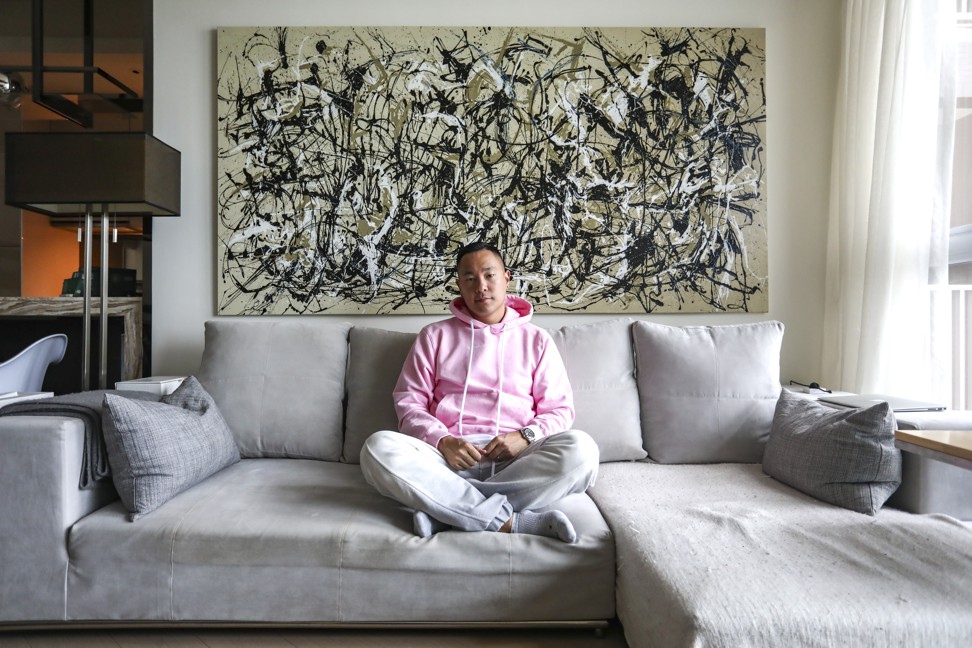
His day-to-day wardrobe is equally well thought out and purpose-driven. Fang appreciates the design aspect of fashion, but also its ability to communicate a message. Below he talks about everything from his sense of style to how he finds it so difficult to shop for clothes nowadays.
“I think I have a very eclectic fashion background. Not that I dress eclectically, but I worked at Ralph Lauren for 10 years and I wore suits and I wore Double RL and Black Label. In Ralph’s world – and maybe this isn’t as obvious to people outside the brand – he’s got this whole gamut of looks.
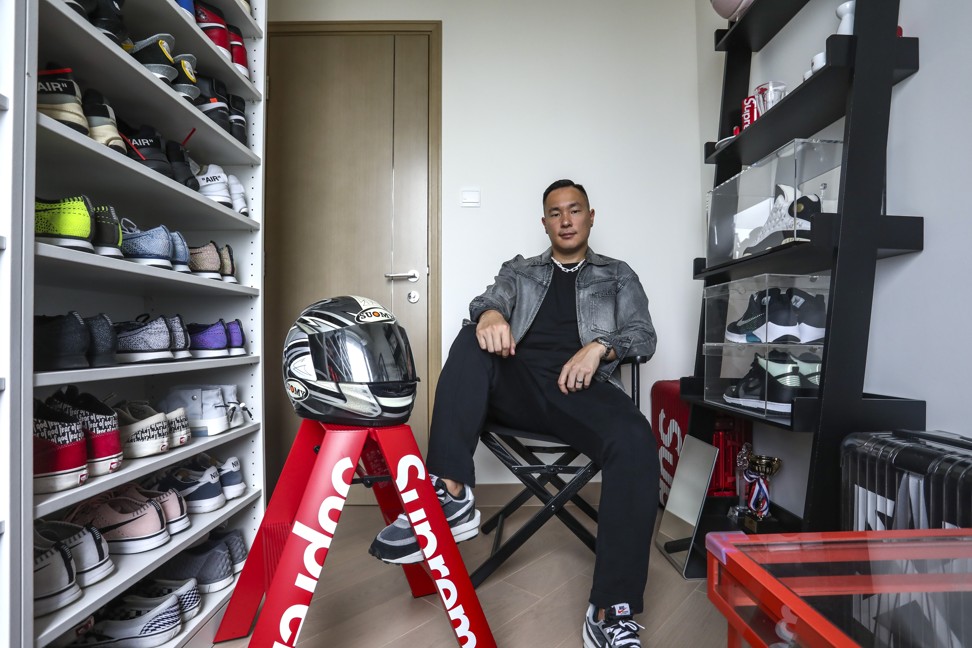
“He’s got the Savile Row suited-up-to-the-nines kind of guy, down to the Italian suiting guy in a clean black suit with a skinny tie and black polished shoes. He’s got tuxedos. But then he does the Double RL look which is washed-out denim, indigos, flannels.
“And the brand that launched when I was younger at Ralph’s was Rugby: collegiate, with rugby stripes, patches, denim. And then there’s Polo, that traditionally super-preppy look. So because I grew up – professionally and fashion-wise – at Ralph, I adopted all those different worlds.
“Some meetings I’m in a suit, some meetings I’m in a T-shirt and Double RL jeans. I kind of never found one style and that was largely because Ralph had so many styles to choose from. He wants to outfit you for your whole life.
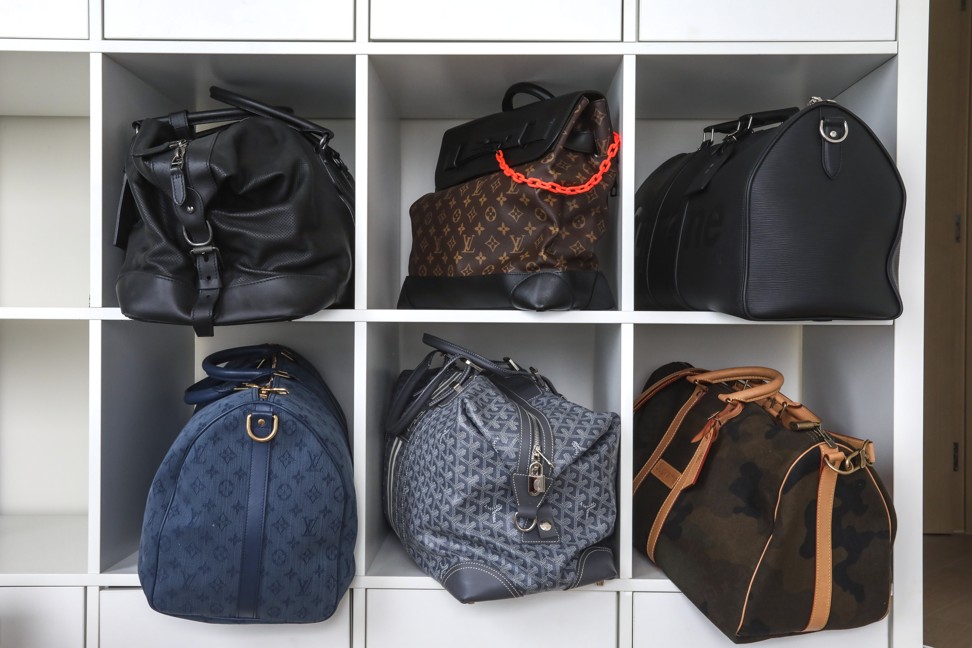
“So that’s been my entire approach, but I’ve always been into sneakers. Watching Michael Jordan [while I was] growing up, I’ve always been into Jordans, and collected them from when my mom bought me my first pair when I was in elementary school.
“Going to fashion shows, fashion weeks, you start to take pieces from everyone else. You get a little more influenced by high fashion, where everyone is always in black, and when I’m hanging out in LA, everyone is in tie dye. You adapt your style.
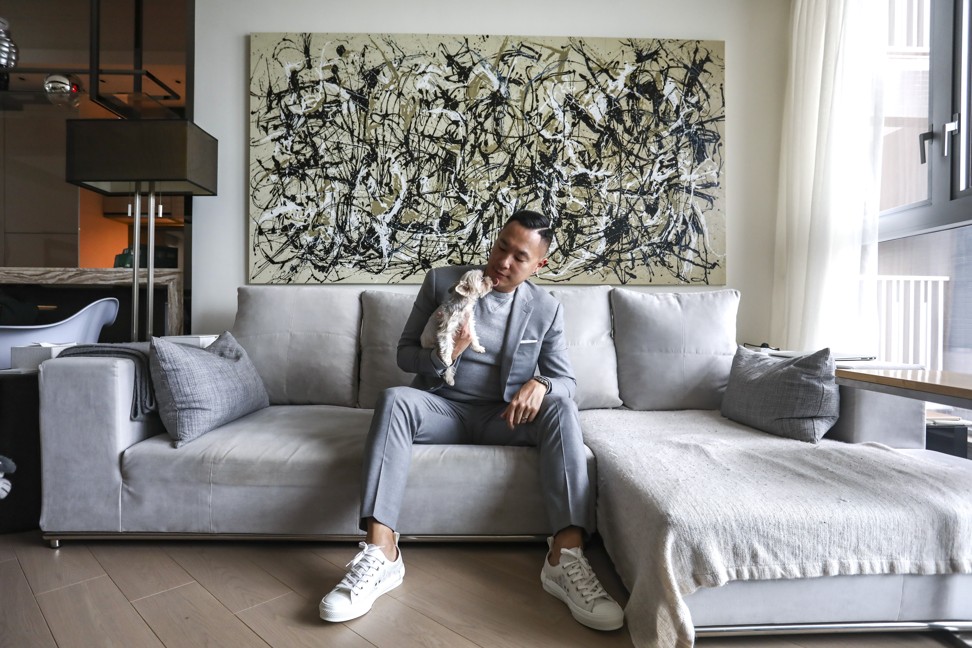
“Those of us who have lived in New York and might have heard of Supreme before the last two years, it’s fashion, too – I have a great black jacket that doesn’t say Supreme on it. It’s about skateboarding culture and streetwear but they have really cool stuff that isn’t just a boxed logo or a cup that says Supreme on the side.
“If you work at Ralph, you’re always conscious of what you’re wearing – that’s the culture they instil in you. You’re always on point. That’s still in me now; if I go for meeting with Clot, I make sure I’m not wearing a competitor brand, but I also make sure I fit in. I wear what fits in with the group. I’m super conscious, maybe annoyingly conscious. Sometimes I just want to wear whatever I want but I can’t because I’m out in this industry.

“F&B has afforded me a little of that because I’ll be in the kitchen or with my bakers and they don’t care what I’m wearing. But I won’t wear Crocs, although I shouldn’t say that, because now there are brands collaborating with Crocs – Pleasures just did one.
“All of a sudden all these things people say they’d never wear, people are wearing now. It’s crazy how fashion evolves. It’s almost like nothing is off limits – just wear what you like, however you like to wear it. Fashion has become easier – now everything is fashion.
“It’s really hard for me to shop. Having been a buyer for my own shop, having consulted for a brand, working with designers – you see everything way before it hits the market, you know what the trends are forecast to be, what the colour palette is going to be, a year or nine months ahead. As a consumer, you don’t ever think about it. You just go to the store and buy what you like.
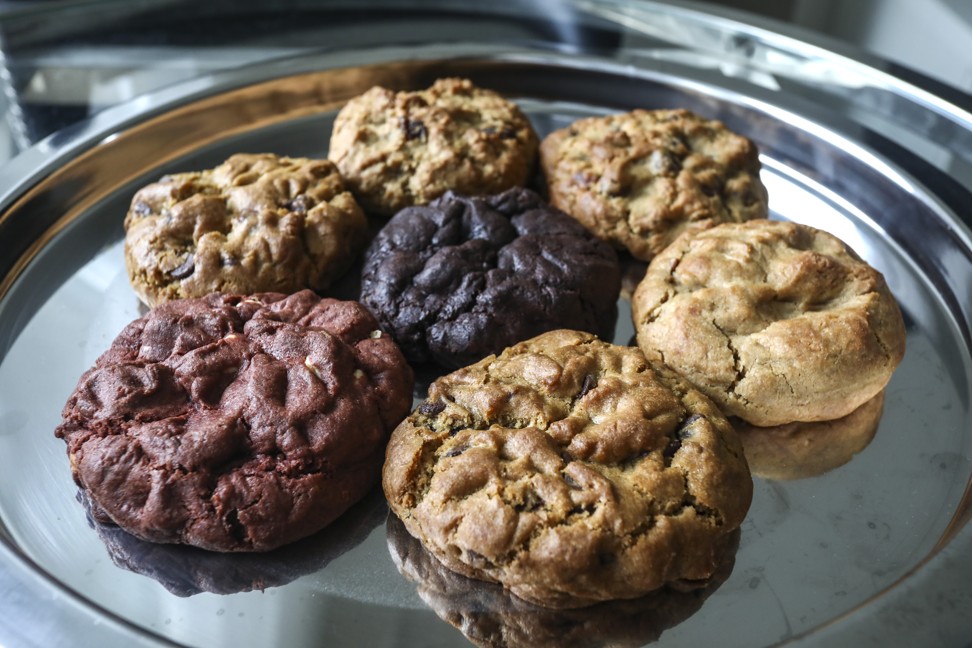
“Now, every time something physically launches, I’ve seen it, it’s old. It makes it hard. Maybe that’s why everything I wear now is black, white or grey. You’ve almost been desensitised; nothing is ‘Ooh I have to have it’ because unless you’re getting it earlier, it doesn’t surprise you any more.
“So how I shop is, I get stuff through my friends who are designers. You’ll be visiting their showroom and there’ll be samples and they’ll send you some production samples. I’ve also messaged friends when I see something on a runway and I’ll ask, can I order that from you directly?
“A lot of shopping happens organically. I don’t go to shops that much. And when I do, it’s almost like it’s part of the job, not just shopping for clothes – I’m checking out their fixtures and lighting and their visual merchandising, thinking what season this is from, what’s their discount, why are they on sale so early? Shopping has become part of the job, and it’s nice when I travel not to shop.”

